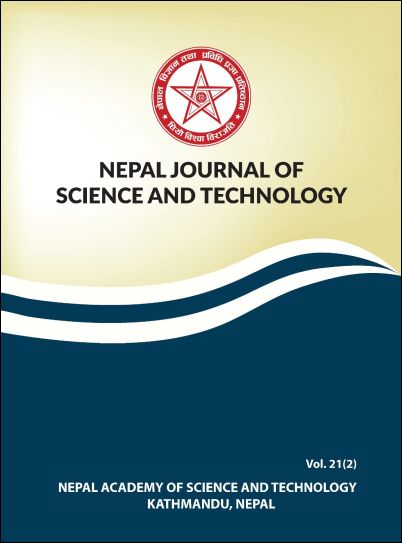Study on Government Managed Gardens in Public Buildings of Kathmandu Valley
DOI:
https://doi.org/10.3126/njst.v21i2.62358Keywords:
Gardens, Maintenance, Plant Species, Styles of gardeningAbstract
An area embellished with ornamental plants near the city area and office can give a pleasurable, picturesque and naturalistic effect which creates a refreshing and conducive working environment for both staff and service seekers. A study was carried out to elucidate the existing situation of the government managed gardens in public buildings located in the Kathmandu valley. The gardens were selected purposively and the study was made based on the number of plant species, composition of plants, styles of gardening, maintenance of garden and appreciation of the garden. The maintenance and the appreciation of gardens were evaluated by the Likert scale (1-4). The abundance of tree was higher followed by herbaceous perennial, herbaceous annual, shrub, cacti and succulent. The garden of Narayanhiti Palace Museum was found to be dominant in tree, shrub and herbaceous perennial while the Garden of Singha Durbar and Supreme Court was found to be dominant in herbaceous annual. The frequency of Thuja orientalis (tree), Bougainvillea spp (shrub), Cuphea hyssopifolia (herbaceous perennial), Calendula officinalis (herbaceous annual) and Petunia hybrida (herbaceous annual) were higher. This study shows that formal gardens (66.66%) dominated informal gardens (33.34%). It was found that the maintenance and the overall appreciation of gardens were fair to good. The gardens need improvements in various aspects to make them artistic and beautiful.
Downloads
Downloads
Published
How to Cite
Issue
Section
License
Copyright (c) 2022 The Author(s)

This work is licensed under a Creative Commons Attribution-NonCommercial 4.0 International License.
Authors retain copyright and grant the journal right of first publication.




